|
Functions |
| template<class I, class N> oln::mute< I >::ret | card_closing (const abstract::non_vectorial_image< I > &input, const abstract::neighborhood< N > &Ng, const typename oln::morpho::attr::attr_traits< attr::card_type< unsigned > >::lambda_type &lambda) |
| | Perform a cardinal closing.
|
| template<class I, class N> oln::mute< I >::ret | card_opening (const abstract::non_vectorial_image< I > &input, const abstract::neighborhood< N > &Ng, const typename oln::morpho::attr::attr_traits< attr::card_type< unsigned > >::lambda_type &lambda) |
| | Perform a cardinal opening.
|
| template<class I, class N> oln::mute< I >::ret | integral_closing (const abstract::non_vectorial_image< I > &input, const abstract::neighborhood< N > &Ng, const typename oln::morpho::attr::attr_traits< attr::integral_type< unsigned > >::lambda_type &lambda) |
| | Perform an integral closing.
|
| template<class I, class N> oln::mute< I >::ret | integral_opening (const abstract::non_vectorial_image< I > &input, const abstract::neighborhood< N > &Ng, const typename oln::morpho::attr::attr_traits< attr::integral_type< unsigned > >::lambda_type &lambda) |
| | Perform an integral opening.
|
| template<class I, class N> oln::mute< I >::ret | height_opening (const abstract::non_vectorial_image< I > &input, const abstract::neighborhood< N > &Ng, const typename oln::morpho::attr::attr_traits< attr::height_type< unsigned > >::lambda_type &lambda) |
| | Perform a height closing.
|
| template<class I, class N> oln::mute< I >::ret | height_closing (const abstract::non_vectorial_image< I > &input, const abstract::neighborhood< N > &Ng, const typename oln::morpho::attr::attr_traits< attr::height_type< unsigned > >::lambda_type &lambda) |
| | Perform a height closing.
|
| template<class I, class N> oln::mute< I >::ret | maxvalue_closing (const abstract::non_vectorial_image< I > &input, const abstract::neighborhood< N > &Ng, const typename oln::morpho::attr::attr_traits< attr::maxvalue_type< unsigned > >::lambda_type &lambda) |
| | Perform a maxvalue closing.
|
| template<class I, class N> oln::mute< I >::ret | maxvalue_opening (const abstract::non_vectorial_image< I > &input, const abstract::neighborhood< N > &Ng, const typename oln::morpho::attr::attr_traits< attr::maxvalue_type< unsigned > >::lambda_type &lambda) |
| | Perform a maxvalue opening.
|
| template<class I, class N> oln::mute< I >::ret | minvalue_opening (const abstract::non_vectorial_image< I > &input, const abstract::neighborhood< N > &Ng, const typename oln::morpho::attr::attr_traits< attr::minvalue_type< unsigned > >::lambda_type &lambda) |
| | Perform a minvalue opening.
|
| template<class I, class N> oln::mute< I >::ret | minvalue_closing (const abstract::non_vectorial_image< I > &input, const abstract::neighborhood< N > &Ng, const typename oln::morpho::attr::attr_traits< attr::minvalue_type< unsigned > >::lambda_type &lambda) |
| | Perform a minvalue closing.
|
| template<class I, class N> oln::mute< I >::ret | ball_opening (const abstract::non_vectorial_image< I > &input, const abstract::neighborhood< N > &Ng, const typename oln::morpho::attr::attr_traits< attr::ball_type< I > >::lambda_type &lambda) |
| | Perform a ball opening.
|
| template<class I, class N> oln::mute< I >::ret | ball_closing (const abstract::non_vectorial_image< I > &input, const abstract::neighborhood< N > &Ng, const typename oln::morpho::attr::attr_traits< attr::ball_type< I > >::lambda_type &lambda) |
| | Perform a ball closing.
|
| template<class I, class N> oln::mute< I >::ret | dist_opening (const abstract::non_vectorial_image< I > &input, const abstract::neighborhood< N > &Ng, const typename oln::morpho::attr::attr_traits< attr::dist_type< I > >::lambda_type &lambda) |
| | Perform a dist opening.
|
| template<class I, class N> oln::mute< I >::ret | dist_closing (const abstract::non_vectorial_image< I > &input, const abstract::neighborhood< N > &Ng, const typename oln::morpho::attr::attr_traits< attr::dist_type< I > >::lambda_type &lambda) |
| | Perform a dist closing.
|
| template<class I, class N> oln::mute< I >::ret | cube_closing (const abstract::non_vectorial_image< I > &input, const abstract::neighborhood< N > &Ng, const typename oln::morpho::attr::attr_traits< attr::cube_type< I > >::lambda_type &lambda) |
| | Perform a cube closing.
|
| template<class I, class N> oln::mute< I >::ret | cube_opening (const abstract::non_vectorial_image< I > &input, const abstract::neighborhood< N > &Ng, const typename oln::morpho::attr::attr_traits< attr::cube_type< I > >::lambda_type &lambda) |
| | Perform a cube opening.
|
| template<class I, class N> oln::mute< I >::ret | box_closing (const abstract::non_vectorial_image< I > &input, const abstract::neighborhood< N > &Ng, const typename oln::morpho::attr::attr_traits< attr::box_type< I > >::lambda_type &lambda) |
| | Perform a box closing.
|
| template<class I, class N> oln::mute< I >::ret | box_opening (const abstract::non_vectorial_image< I > &input, const abstract::neighborhood< N > &Ng, const typename oln::morpho::attr::attr_traits< attr::box_type< I > >::lambda_type &lambda) |
| | Perform a box opening.
|
| template<class I, class E> oln::mute< I >::ret | closing (const abstract::non_vectorial_image< I > &input, const abstract::struct_elt< E > &se) |
| | Processing closing.
|
|
template<class I, class E> oln::mute< I >::ret | dilation (const abstract::non_vectorial_image< I > &input, const abstract::struct_elt< E > &se) |
| template<class I, class E> oln::mute< I >::ret | erosion (const abstract::non_vectorial_image< I > &input, const abstract::struct_elt< E > &se) |
| | Perform a morphological erosion.
|
template<class C, class B, class I, class E> mute< I, typename convoutput<
C, B, typename mlc::exact<
I >::ret::value_type >::ret
>::ret | beucher_gradient (const convert::abstract::conversion< C, B > &c, const abstract::non_vectorial_image< I > &input, const abstract::struct_elt< E > &se) |
| | Process a morphological beucher gradient.
|
| template<class I, class E> oln::mute< I >::ret | external_gradient (const abstract::non_vectorial_image< I > &input, const abstract::struct_elt< E > &se) |
| | Process a morphological beucher gradient.
|
template<class C, class B, class I, class E1, class E2> mute< I, typename convoutput<
C, B, typename mlc::exact<
I >::ret::value_type >::ret
>::ret | hit_or_miss (const convert::abstract::conversion< C, B > &c, const abstract::non_vectorial_image< I > &input, const abstract::struct_elt< E1 > &se1, const abstract::struct_elt< E2 > &se2) |
| | Preform a 'hit or miss' transform.
|
| template<class I, class E1, class E2> oln::mute< I >::ret | hit_or_miss (const abstract::non_vectorial_image< I > &input, const abstract::struct_elt< E1 > &se1, const abstract::struct_elt< E2 > &se2) |
| | Preform a 'hit or miss' transform.
|
| template<class I, class E1, class E2> oln::mute< I >::ret | hit_or_miss_opening (const abstract::non_vectorial_image< I > &input, const abstract::struct_elt< E1 > &se1, const abstract::struct_elt< E2 > &se2) |
| | Perform an hit or miss opening.
|
| template<class I, class E1, class E2> oln::mute< I >::ret | hit_or_miss_opening_bg (const abstract::non_vectorial_image< I > &input, const abstract::struct_elt< E1 > &se1, const abstract::struct_elt< E2 > &se2) |
| | Perform an hit or miss opening of background.
|
| template<class I, class E1, class E2> oln::mute< I >::ret | hit_or_miss_closing (const abstract::non_vectorial_image< I > &input, const abstract::struct_elt< E1 > &se1, const abstract::struct_elt< E2 > &se2) |
| | Perform an hit or miss closing.
|
| template<class I, class E1, class E2> oln::mute< I >::ret | hit_or_miss_closing_bg (const abstract::non_vectorial_image< I > &input, const abstract::struct_elt< E1 > &se1, const abstract::struct_elt< E2 > &se2) |
| | Perform an hit or miss closing of background.
|
template<class C, class B, class I, class E> mute< I, typename convoutput<
C, B, typename mlc::exact<
I >::ret::value_type >::ret
>::ret | laplacian (const convert::abstract::conversion< C, B > &c, const abstract::non_vectorial_image< I > &input, const abstract::struct_elt< E > &se) |
| | Compute the laplacian of an image.
|
| template<class DestValue, class I, class E> mute< I, DestValue >::ret | laplacian (const abstract::non_vectorial_image< I > &input, const abstract::struct_elt< E > &se) |
| | Compute the laplacian of an image.
|
| template<class I, class E> oln::mute< I >::ret | opening (const abstract::non_vectorial_image< I > &input, const abstract::struct_elt< E > &se) |
| | Perform a morphological opening.
|
| template<class I, class E1, class E2> oln::mute< I >::ret | thickening (const abstract::non_vectorial_image< I > &input, const abstract::struct_elt< E1 > &se1, const abstract::struct_elt< E2 > &se2) |
| | Thicken an image.
|
| template<class I, class E1, class E2> oln::mute< I >::ret | thinning (const abstract::non_vectorial_image< I > &input, const abstract::struct_elt< E1 > &se1, const abstract::struct_elt< E2 > &se2) |
| | Thin an image.
|
template<class C, class B, class I, class E> mute< I, typename convoutput<
C, B, typename mlc::exact<
I >::ret::value_type >::ret
>::ret | white_top_hat (const convert::abstract::conversion< C, B > &c, const abstract::non_vectorial_image< I > &input, const abstract::struct_elt< E > &se) |
| | Compute the white top hat of an image.
|
| template<class I, class E> oln::mute< I >::ret | white_top_hat (const abstract::non_vectorial_image< I > &input, const abstract::struct_elt< E > &se) |
| | Compute the white top hat of an image.
|
template<class C, class B, class I, class E> mute< I, typename convoutput<
C, B, typename mlc::exact<
I >::ret::value_type >::ret
>::ret | black_top_hat (const convert::abstract::conversion< C, B > &c, const abstract::non_vectorial_image< I > &input, const abstract::struct_elt< E > &se) |
| | Compute the black top hat of an image.
|
| template<class I, class E> oln::mute< I >::ret | black_top_hat (const abstract::non_vectorial_image< I > &input, const abstract::struct_elt< E > &se) |
| | Compute the black top hat of an image.
|
template<class C, class B, class I, class E> mute< I, typename convoutput<
C, B, typename mlc::exact<
I >::ret::value_type >::ret
>::ret | self_complementary_top_hat (const convert::abstract::conversion< C, B > &c, const abstract::non_vectorial_image< I > &input, const abstract::struct_elt< E > &se) |
| | Compute the self complementary top hat of an image.
|
| template<class I, class E> oln::mute< I >::ret | self_complementary_top_hat (const abstract::non_vectorial_image< I > &input, const abstract::struct_elt< E > &se) |
| | Compute the self complementary top hat of an image.
|
template<class C, class B, class I, class E> mute< I, typename convoutput<
C, B, typename mlc::exact<
I >::ret::value_type >::ret
>::ret | top_hat_contrast_op (const convert::abstract::conversion< C, B > &c, const abstract::non_vectorial_image< I > &input, const abstract::struct_elt< E > &se) |
| | Top hat contrast operator.
|
| template<class I, class E> oln::mute< I >::ret | top_hat_contrast_op (const abstract::non_vectorial_image< I > &input, const abstract::struct_elt< E > &se) |
| | Top hat contrast operator.
|




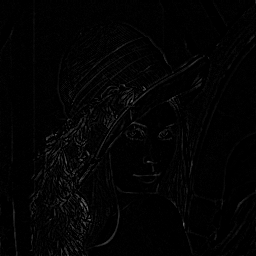
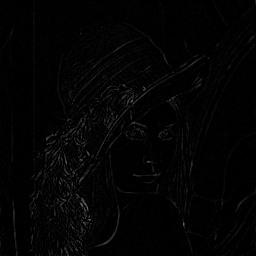




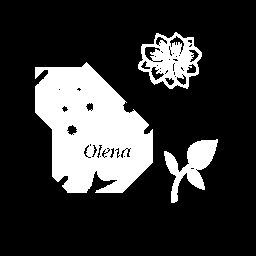
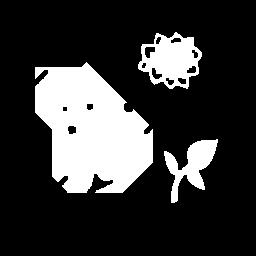





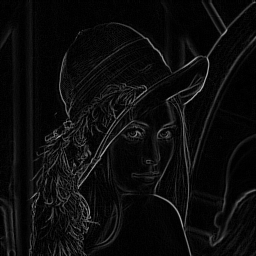


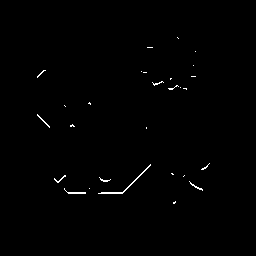
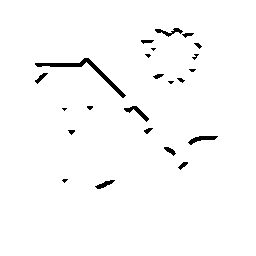
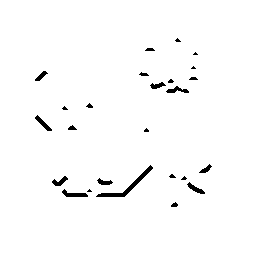
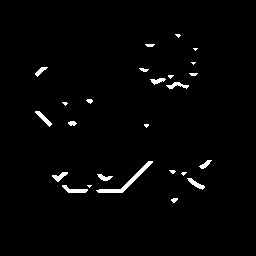
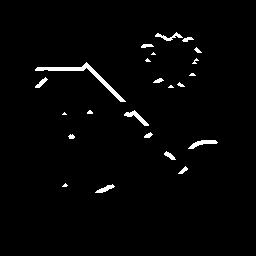


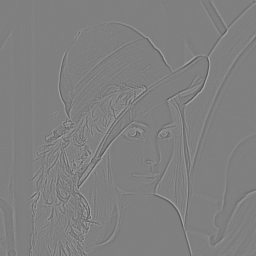
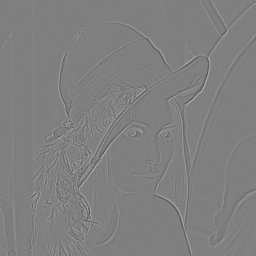




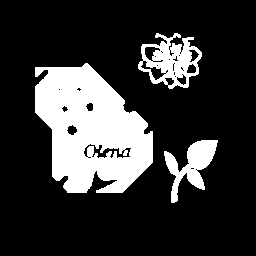
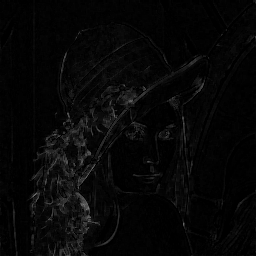
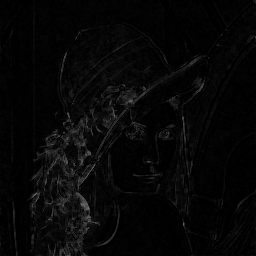




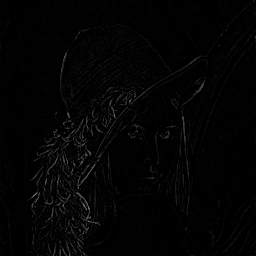
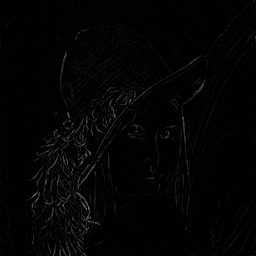
 1.3.6-20040222
1.3.6-20040222